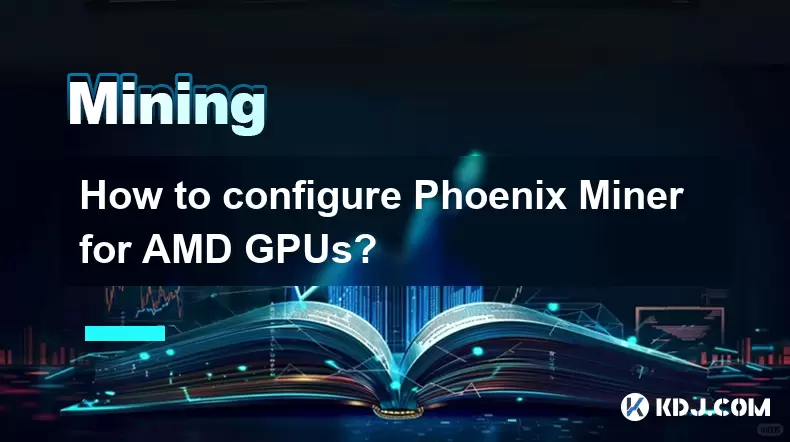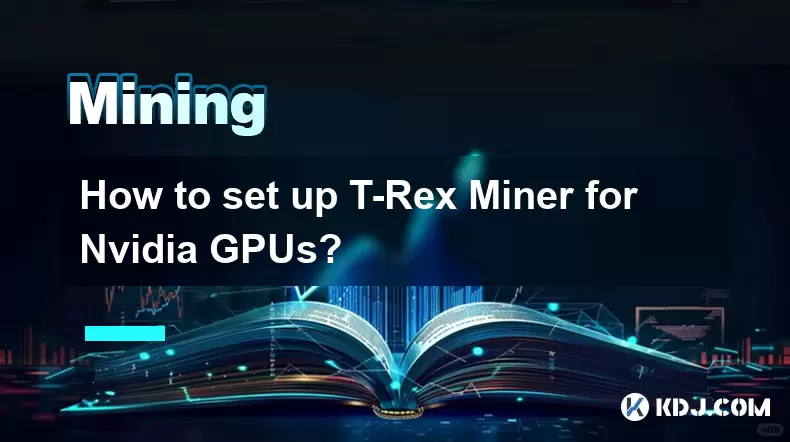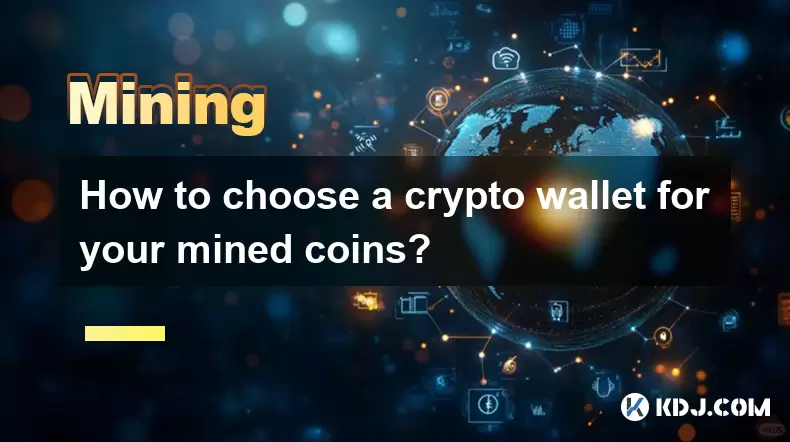-
 Bitcoin
Bitcoin $113200
1.83% -
 Ethereum
Ethereum $4608
0.12% -
 XRP
XRP $3.023
0.67% -
 Tether USDt
Tether USDt $0.0000
-0.02% -
 BNB
BNB $876.7
2.14% -
 Solana
Solana $213.9
4.70% -
 USDC
USDC $0.9998
-0.04% -
 Dogecoin
Dogecoin $0.2242
2.32% -
 TRON
TRON $0.3490
-0.10% -
 Cardano
Cardano $0.8708
0.97% -
 Chainlink
Chainlink $23.99
-0.71% -
 Hyperliquid
Hyperliquid $48.38
-2.19% -
 Cronos
Cronos $0.3801
64.50% -
 Sui
Sui $3.513
1.97% -
 Ethena USDe
Ethena USDe $1.001
0.01% -
 Stellar
Stellar $0.3859
0.53% -
 Bitcoin Cash
Bitcoin Cash $556.2
0.84% -
 Avalanche
Avalanche $24.57
-0.20% -
 Hedera
Hedera $0.2396
-0.32% -
 UNUS SED LEO
UNUS SED LEO $9.540
0.33% -
 Litecoin
Litecoin $113.9
0.55% -
 Toncoin
Toncoin $3.208
1.31% -
 Shiba Inu
Shiba Inu $0.00001263
1.43% -
 Polkadot
Polkadot $3.974
2.60% -
 Uniswap
Uniswap $10.02
0.95% -
 Dai
Dai $0.9999
-0.01% -
 Bitget Token
Bitget Token $4.606
-1.21% -
 Monero
Monero $272.0
0.64% -
 Aave
Aave $320.0
-2.28% -
 Ethena
Ethena $0.6571
7.26%
How does a Bitcoin mining machine consume power?
The energy consumption of Bitcoin mining, equivalent to Belgium's annual power output, is influenced by factors such as hashing algorithms, mining hardware, cooling requirements, and varying energy costs around the world.
Jan 09, 2025 at 08:54 pm

- Understanding Bitcoin Mining and its Energy Consumption
- Steps Involved in Bitcoin Mining
- Factors Affecting Power Consumption
- Efficiency Metrics for Bitcoin Mining
- Sustainable Practices in Bitcoin Mining
Bitcoin mining is the process of verifying and adding new blocks to the blockchain, the decentralized and immutable ledger that records all Bitcoin transactions. This process requires significant computational power, consuming vast amounts of electricity. As of 2022, the Bitcoin network consumes an estimated annual power output equivalent to the energy consumption of Belgium.
Steps Involved in Bitcoin Mining- Transaction Verification: Miners validate pending transactions and bundle them into blocks.
- Hashing: Miners calculate a unique fingerprint (hash) for each block using a specialized algorithm.
- Difficulty Adjustment: The mining difficulty is automatically adjusted to maintain a block generation rate of approximately one block every 10 minutes.
- Block Finding: Miners compete to be the first to find a valid hash that meets the difficulty requirement.
- Validation and Broadcasting: The successful miner presents the valid block to the network for validation by other nodes.
- Reward: The miner who finds and adds a new block to the blockchain receives a Bitcoin reward and transaction fees.
- Hashing Algorithm: The SHA-256 algorithm used in Bitcoin mining is computationally intensive and requires substantial electricity.
- Hardware: Miners use specialized ASIC (Application-Specific Integrated Circuits) designed for efficient hash calculation.
- Mining Difficulty: As the mining difficulty increases, miners must expend more computational effort and electricity to find valid hashes.
- Cooling: Mining equipment generates significant heat, requiring cooling systems that consume additional power.
- Energy Costs: The cost of electricity varies depending on the region and energy sources used, impacting the profitability of mining operations.
- Hash Rate: Measures the computational power used for mining, expressed in hashes per second (H/s).
- Watt Usage: The amount of electrical power consumed by a mining rig, typically measured in watts (W).
- Joules per Terahash (J/TH): A metric that combines hash rate and energy efficiency, representing the energy required to produce one trillion hashes. Lower J/TH indicates higher efficiency.
- Power Usage Effectiveness (PUE): A ratio that compares the total facility power consumption to the power used for actual mining, indicating efficiency in infrastructure and cooling.
- Renewable Energy Sources: Using solar, wind, or hydroelectric power for mining operations reduces carbon emissions.
- Immersion Cooling: Submerging mining equipment in non-conductive fluids improves heat dissipation and reduces power consumption for cooling.
- Optimized Hardware: Choosing energy-efficient mining ASICs and optimizing hardware configurations can minimize power usage.
- Waste Heat Utilization: Capturing and reusing heat generated by mining equipment for heating buildings or other applications.
- Green Mining Pools: Joining mining pools that prioritize sustainability and minimize energy consumption.
1. Why does Bitcoin mining consume so much energy?Bitcoin mining requires significant computing power to verify and add blocks to the blockchain, which is energy-intensive due to the hashing algorithm and hardware used.
2. How can Bitcoin mining be made more sustainable?Switching to renewable energy sources, using more efficient hardware, and implementing immersion cooling can reduce the environmental impact of Bitcoin mining.
3. Is Bitcoin mining profitable?The profitability of Bitcoin mining depends on factors such as electricity costs, hardware efficiency, and the price of Bitcoin.
4. How can I get started with Bitcoin mining?To start Bitcoin mining, you will need specialized hardware, join a mining pool, and configure your mining equipment.
5. What are the environmental concerns associated with Bitcoin mining?The energy consumption of Bitcoin mining can contribute to greenhouse gas emissions and e-waste generation.
Disclaimer:info@kdj.com
The information provided is not trading advice. kdj.com does not assume any responsibility for any investments made based on the information provided in this article. Cryptocurrencies are highly volatile and it is highly recommended that you invest with caution after thorough research!
If you believe that the content used on this website infringes your copyright, please contact us immediately (info@kdj.com) and we will delete it promptly.
- Pantera, Multipli, and the Future of Solana: Token Launch on the Horizon?
- 2025-08-28 21:25:25
- Bitcoin, Dogecoin, and Cloud Mining: Navigating the Crypto Landscape in 2025
- 2025-08-28 21:10:13
- BlockchainFX, Snorter Token, MAGAFINANCE: The Lowdown on 2025's Crypto Presales
- 2025-08-28 21:25:25
- Crypto to Buy Now: Super Pepe and the 0.1 ETH Potential
- 2025-08-28 20:45:14
- Ozak AI: Analyst Insights on the AI Token Poised for 100x Growth
- 2025-08-28 19:05:16
- Crypto Passive Income Bonanza: Unveiling the Altcoin Presale of 2025
- 2025-08-28 18:45:14
Related knowledge

How to configure Phoenix Miner for AMD GPUs?
Aug 11,2025 at 03:21am
Understanding Phoenix Miner and Its Compatibility with AMD GPUsPhoenix Miner is a lightweight, high-performance Ethereum mining software designed for ...

How to set up T-Rex Miner for Nvidia GPUs?
Aug 10,2025 at 12:07am
Understanding T-Rex Miner and Its Compatibility with Nvidia GPUsT-Rex Miner is a high-performance mining software designed specifically for Nvidia GPU...

What is "proof-of-work" and how does it relate to mining?
Aug 07,2025 at 02:03pm
Understanding the Concept of Proof-of-WorkProof-of-work (PoW) is a consensus mechanism used in blockchain networks to validate transactions and secure...

How to choose a crypto wallet for your mined coins?
Aug 13,2025 at 11:36am
Understanding the Types of Crypto Wallets for Mined CoinsWhen selecting a crypto wallet for your mined coins, the first step is to understand the diff...

What are the differences between mining on Windows vs. Linux?
Aug 06,2025 at 11:29pm
Overview of Cryptocurrency Mining PlatformsCryptocurrency mining involves using computational power to solve complex cryptographic puzzles and validat...

How to use an old computer for cryptocurrency mining?
Aug 07,2025 at 12:42pm
Understanding the Feasibility of Using an Old Computer for MiningUsing an old computer for cryptocurrency mining may seem outdated, but it is still te...

How to configure Phoenix Miner for AMD GPUs?
Aug 11,2025 at 03:21am
Understanding Phoenix Miner and Its Compatibility with AMD GPUsPhoenix Miner is a lightweight, high-performance Ethereum mining software designed for ...

How to set up T-Rex Miner for Nvidia GPUs?
Aug 10,2025 at 12:07am
Understanding T-Rex Miner and Its Compatibility with Nvidia GPUsT-Rex Miner is a high-performance mining software designed specifically for Nvidia GPU...

What is "proof-of-work" and how does it relate to mining?
Aug 07,2025 at 02:03pm
Understanding the Concept of Proof-of-WorkProof-of-work (PoW) is a consensus mechanism used in blockchain networks to validate transactions and secure...

How to choose a crypto wallet for your mined coins?
Aug 13,2025 at 11:36am
Understanding the Types of Crypto Wallets for Mined CoinsWhen selecting a crypto wallet for your mined coins, the first step is to understand the diff...

What are the differences between mining on Windows vs. Linux?
Aug 06,2025 at 11:29pm
Overview of Cryptocurrency Mining PlatformsCryptocurrency mining involves using computational power to solve complex cryptographic puzzles and validat...

How to use an old computer for cryptocurrency mining?
Aug 07,2025 at 12:42pm
Understanding the Feasibility of Using an Old Computer for MiningUsing an old computer for cryptocurrency mining may seem outdated, but it is still te...
See all articles
























































































